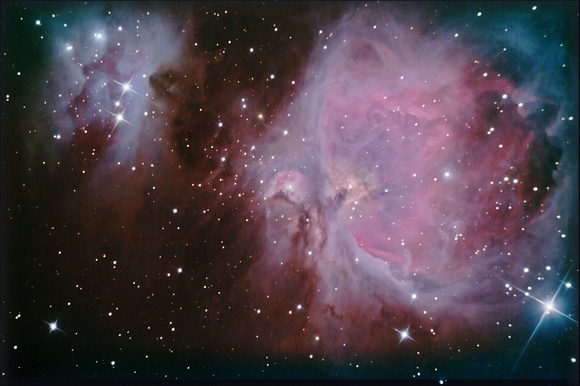Uploaded 9-Nov-09
Taken 21-Jan-09
Visitors 127
Thumbnails
Info
Photo Info
Dimensions3088 x 2056
Original file size675 KB
Image typeJPEG
Color spaceUncalibrated
Date modified21-Jan-09 16:38
